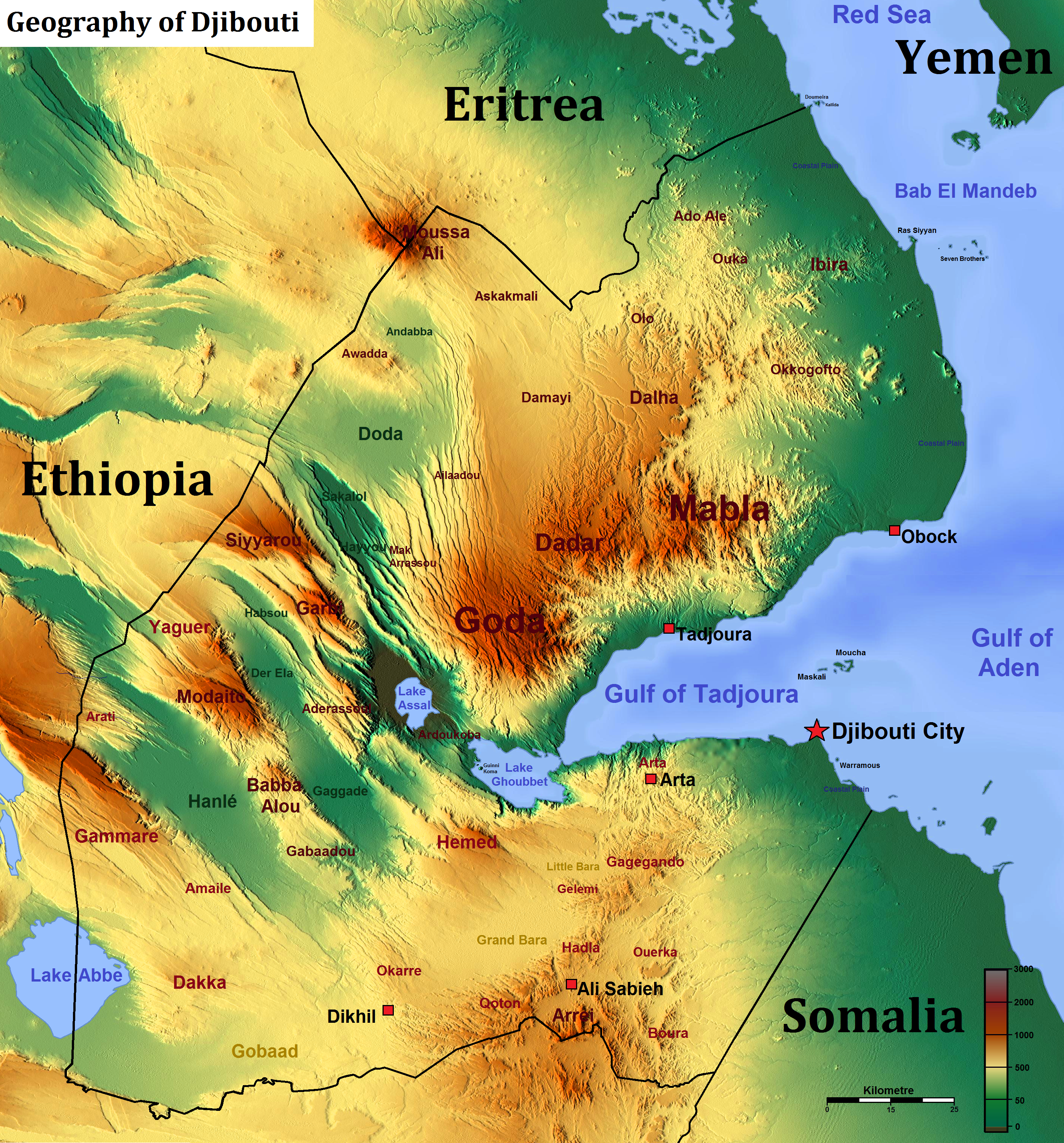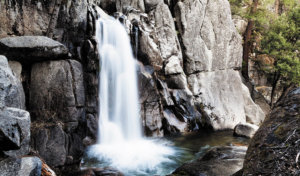Roads & PavementRoads & Pavement
Barefoot
Minimal
Low
Medium
High
Maximal
All around running shoes offer comfort and cushioning for daily runs, jogs, walks, and long mileage. They offer enough versatility for both faster and slower runs and are a great option for those who want one running shoe to do it all.
Fast run or uptempo running shoes are lightweight and responsive. They offer streamlined designs that have minimal uppers and offer a high level of energy return. These shoes are a great option for faster runs in the week or those looking for a livelier experience.
Max Cushion shoes offer premium cushioning with ample ground protection and a stable ride. These types of shoes provide abundant impact protection that softens landings while running at any pace or distance. These types of shoes are best for slower recovery runs and easy days where comfort takes priority.
Racing shoes are designed with optimal performance in mind. These types of shoes have snug-fitting uppers, energetic midsole foams, and features implemented for maximum efficiency. These types of shoes are best for runners looking to gain the ultimate advantage in races but may sacrifice some durability and comfort.
Gym Workout shoes offer a stable and versatile ride. They have a firmer underfoot feeling that provides stability for lateral movements with comfortable uppers. These types of shoes are best for trips to the gyms, cross training, casual wear, and light running. Chilnualna Falls Wawona Discover Yosemite National Park
Road running shoes feature smooth outsoles that are designed for running on paved surfaces such as roads, sidewalks, and bike paths.
Designed to handle most trail runs, these shoes prioritize comfort and a smooth ride. These shoes are great for anything from smooth singletrack, park trails, and fireroads making them ideal for those who run from their doorstep on streets before hitting the trail.
These shoes are best used for hard, rugged trails such as shale, granite or sandstone where grip on smooth surfaces and underfoot protection are important.
Designed for use in muddy, soggy conditions, these shoes feature very aggressive outsoles that dig deep into soft ground for exceptional traction.
These shoes feature technical outsoles designed to grip snowy and icy trails making them ideal for winter trail running.
Cushioning level, or stack height, refers to how much shoe is between your foot and the ground. For this category, we reference the amount of cushioning below the forefoot as the heel height will be equal to or greater than the forefoot height.
Fort Wainwright We would like to reassure all our family
0-13mm. The Shoe generally does not have a midsole and feels like there is no cushioning. This shoe is all about feeling the ground underfoot.
14-18mm. The shoe has a thin midsole that allows for a natural running experience. Racing shoes and minimalist shoes are common here. These shoes offer a feeling of being connected to the road or trail.
19-23mm. The shoe has a slightly cushioned feel and may feature added cushioning technologies. Performance training shoes and some trail shoes are common here. These offer protection during footstrike but prioritize a lightweight, grounded experience.
24-28mm. These shoes have a stack height that fall near the middle of the spectrum.The shoes in this category are verstaile and great for all types of runs and distances.
29-34mm. The shoe has a thick midsole and ample cushioning. These shoes are highly protective and absorb more impact than the body.
35mm plus. The shoe has an extremely thick midsole and extra cushioning. The focus is on protection and soft foam underfoot with hardly any ground feel.
Neutral shoes support the foot through a normal range of arch collapse and generally do not have a built-in technology to correct movement.
Stability shoes are a great option for those who overpronate or need added support. These shoes help to limit the inward rolling motion of the ankle while running or walking and assist in guiding the foot straight through the gait cycle. A ship leaves port on a bearing of 28 degrees and travels 8.2 km
Product Details:
Magnitude 8.2 earthquake strikes in the Pacific close to Fiji no outlet, How Long Does It Take To Run A Mile Tips To Improve Your Time outlet, This is the Fastest Way to Move Through the Water Hint It s Not outlet, How Long Does It Take to Walk a Mile 5 Miles or More outlet, Fleet Introduction outlet, Pace Calculator outlet, West Highland Way Route Sections A Stage By Stage Guide outlet, Hertfordshire Walker Walk 158 Wigginton East Loop outlet, What is odometer measured in kilometer or miles Quora outlet, Seismologists Discover Mountain Ranges 410 Miles Below Earth s Surface outlet, Piaggio MP3 How To Change Display From Kilometers To Miles outlet, Chile earthquake of 2010 Tsunami Deaths Recovery Facts outlet, A ship leaves port on a bearing of 28 degrees and travels 8.2 km outlet, Fort Wainwright We would like to reassure all our family outlet, Chilnualna Falls Wawona Discover Yosemite National Park outlet, Geography of Djibouti Wikipedia outlet, This GNSS station and seismic station are considered closely outlet, Parker Solar Probe Page 2 outlet, Club Run Monday 31st October Bournville Harriers outlet, Pace Tables Miles Per Hour runbundle outlet, Powerful Chile Earthquake Leaves Astronomy Observatories Unscathed outlet, Trail Map Quarry Road Trails outlet, Climate change Should you fly drive or take the train outlet, Kilometers to Miles km to mi Conversion Practice Expii outlet, SOLVED A satellite traveling at 8.2 km s at a perigee altitude of outlet, 8.2 magnitude earthquake off Alaskan peninsula small tsunami outlet, Kilometers to Miles km to mi Conversion Practice Expii outlet, What makes an earthquake deadly These are the things that matter outlet, CONVERSION DISTANCE ALLURE MILES KM outlet, How to change odometer from km to miles in a Hyundai Ioniq 38kWh EV other Hyundai s outlet, Day Hikes Glen Canyon National Recreation Area U.S. National outlet, How Long Does It Take to Walk a Mile 5 Miles or More outlet, Running Pace Conversions Mph Kph Min Per Mile Running Press outlet, List of countries and dependencies by area Wikipedia outlet, 8 Minute Mile Pace Chart Marathon Times Chart outlet, 8.2 miles per hour to kilometers per hour Unit Converter outlet, Backpacking to Baker Lake Banff National Park Hike Bike Travel outlet, How Much Does a Soccer Player Run in A Game 4 Players Who Run outlet, 8.2 mph to kmh 8.2 miles per hour to kilometers per hour outlet, What is the distance in kilometers from the ground to space Quora outlet, Best walks in the Lake District National Park Countryfile outlet, 8.2 mph to kmh 8.2 miles per hour to kilometers per hour outlet, Day 70 Thousand Island Lake Isko Salminen outlet, Switch Odometer to KM from Miles Supra Forums outlet, How Long Does It Take to Walk a Mile 5 Miles or More outlet, 8.2 miles to kilometers Unit Converter outlet, How To Change Convert Miles To Kilometers km Explained outlet, How To Change Convert Miles To Kilometers km Explained YouTube outlet, 8.2 Miles To Kilometers Converter 8.2 mi To km Converter outlet, 8.2 Mi in Km 8.2 Miles in Kilometers Distance Conversion outlet, Product Info:
8.2 miles in km outlet.
- Increased inherent stability
- Smooth transitions
- All day comfort
Model Number: SKU#6401484





